Spirits packaging has always been crucial in making a brand stand out, but never more so than now. The pandemic accelerated online sales meaning more consumers than ever are purchasing products without first picking them up. In an increasingly competitive market, it’s little wonder so many brands are trying to claim an advantage with new, attractive and eco-friendly packaging.
How eco-friendly is this new generation of bottles?
It’s tempting to suggest that ditching plastic and lightweighting bottles is, at best, a quick fix and, at worst, an attempt to greenwash a liquid that is still produced in the same way it always was. But things are rarely that simple. The Scotch Whisky Association (SWA) has made packaging a priority in their target of reaching net zero emissions by 2040. They have also admitted that the targets set in their Environmental Strategy Report - including increasing the recycled content of packaging and minimising the amount of waste from packaging operations going to landfill - are “challenging”.
Despite a target to reduce the average unit weight of packaging materials by 10% by 2020, the whisky industry actually saw packaging weight increase by 2.6% since 2012. A result, say the SWA, of “continued consumer demand for premium products”.
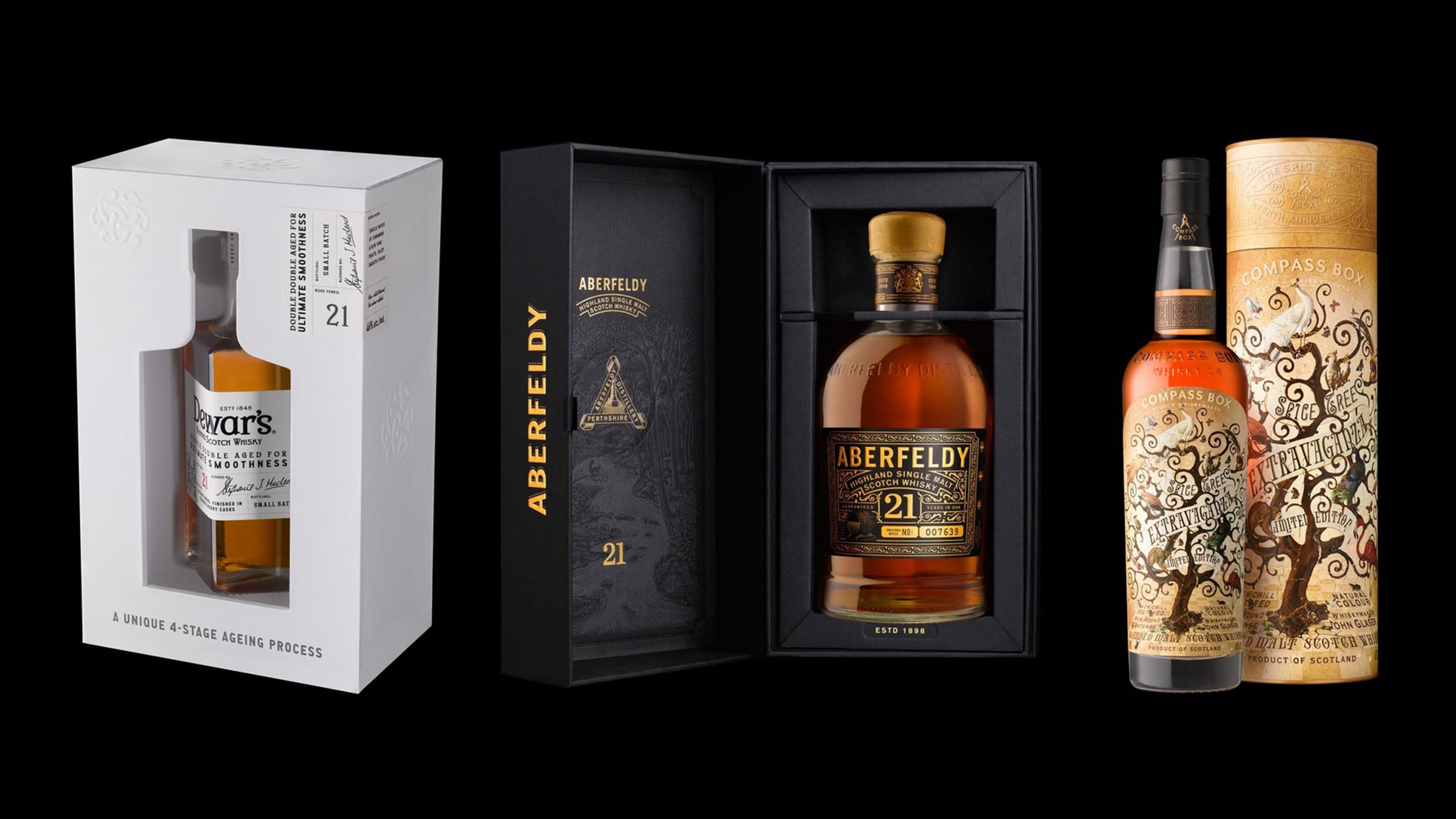

Premium, particularly in the whisky world, has long been associated with heavy bottles and gift boxes. Indeed, it became such a significant problem in 2017 that the UK Recycling Association declared whisky a “recycling villain”, with the main culprit being the cylindrical tubes it is so often presented in. Featuring metal lids and bonded metal bases, the cardboard tube would usually be recycled but the metal would be lost forever.
A spirit steeped in heritage and tradition, whisky has been reluctant to ditch the gift box. Opinion is divided as to the reason for this; some suggest consumers expect something extra with their premium product, others that boxes give collectors a way to protect their bottles. But perhaps it is also at least in part due to the fact that the bottle inside the box is so often a relatively unremarkable stock standard. The expectation is such that even a progressive producer such as Cooper King Distillery, whose first whisky will reach maturity next year should they want to release it, admit that although they would prefer not to have any unnecessary packaging on their product the market still almost certainly demands it.
One Scotch whisky producer who is looking to the future rather than the past is Nc’Nean who have already achieved net zero status. In addition to using 100% renewable energy to create their organic unpeated whisky from locally grown barely, their beautiful bottle was the first in the UK spirits industry to be made from 100% post-consumer recycled glass. Nc’Nean does also produce a cardboard gift tube but, in keeping with their eco ethos, it is made in the UK from 90% recycled materials and offered as an optional extra. Consumer demand has already decreased from 95% to 60% and Nc’Nean hopes to reduce it further still as they toy with the idea of ditching the tube altogether.
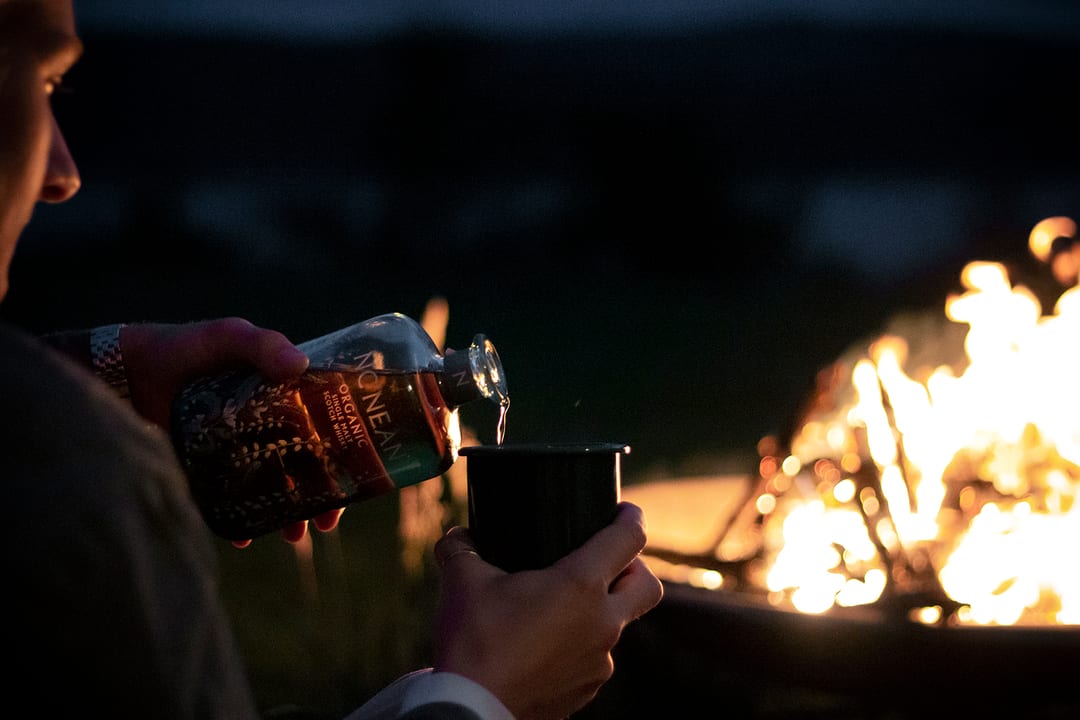

Gift boxes as standard are less common in other spirits categories and while some have also made gift boxes optional extras others, such as Hattiers Rum, have decided to ditch them altogether. But perhaps the most innovative solution is to create a secondary function for gift packaging. Audemus Spirits have led the way in this respect: their beautiful gift boxes are made from sustainably sourced materials and, whilst they are fully recyclable, the packs also transform into cocktail books designed to be kept and treasured.
However, with 18-20% of the total carbon footprint of a spirit coming from the glass bottle, gift boxes are only a small part of the problem.
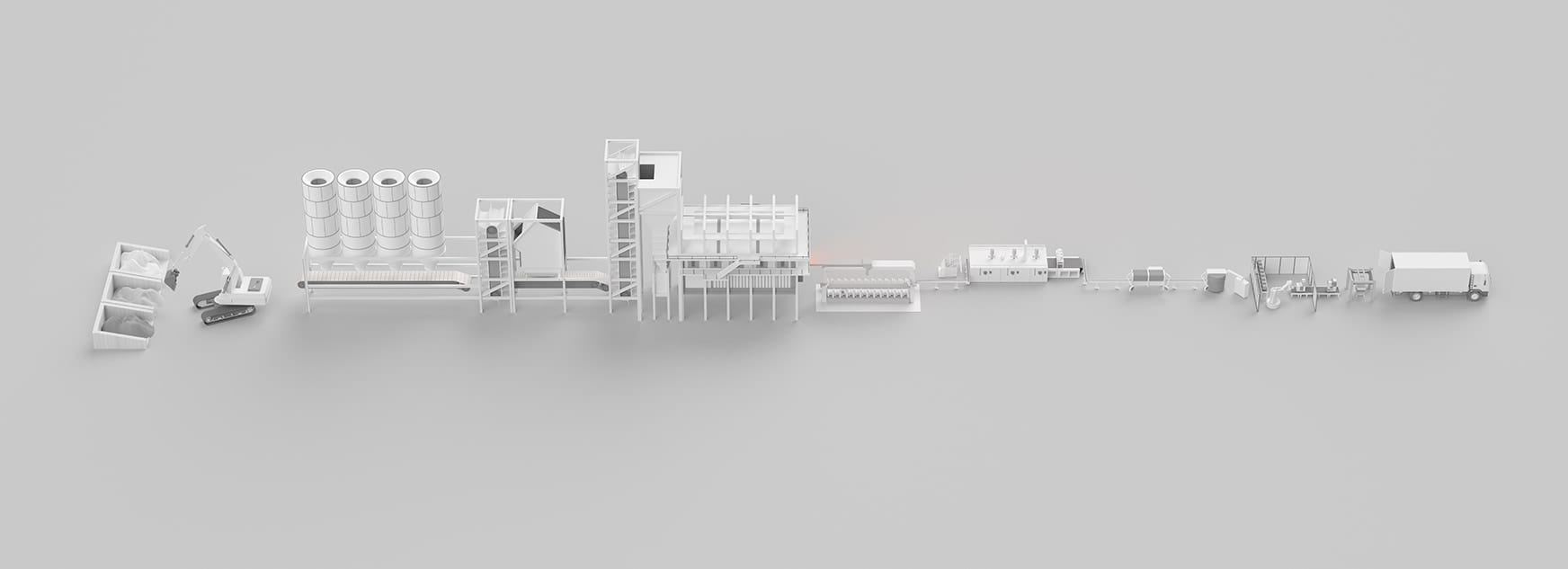

According to spiritsEUROPE, more than 90% of spirits are packed in glass, and with good reason; glass is inert and infinitely recyclable. Producing glass however - by fusing raw materials in furnaces at temperatures of 1,300 to 1,500°C - is exceptionally energy intensive. In 2020 alone, ecoSPIRITS estimates that the world produced 40 billion single use glass spirit bottles, leading to 22 million tons of carbon emissions.
There are many ways to mitigate these emissions but no single simple solution. Within the glass industry efforts are being made to reduce reliance on fossil fuels with the ‘Furnace of the Future’ project seeing 20 industry companies unite to create, fund and test a pilot hybrid oxy-fuel furnace which will run on 80% renewable electricity and cut C02 emissions by 50%. Elsewhere, glass manufacturer Encirc and research and technology body Glass Futures collaborated with Diageo to produce 173,000 whiskey bottles out of 100% recycled glass in a waste biofuel powered furnace achieving a 90% lower carbon footprint.


But the carbon footprint isn’t determined only by the energy used in creating the bottle. Transportation is another significant factor and one where both lightweighting and local sourcing can make a significant impact. Aligning with their mission statement to use local materials wherever possible, York Gin’s new bottles contain 42% less glass than the originals, reducing the weight from 1060g to 609g, and travel just 27 miles direct from Leeds-based manufacturer Allied Glass - rather than 600 miles from the previous manufacturer in France - saving over 95% of the carbon cost of the transport.
Not everyone is fortunate enough to have a glass manufacturer just down the road and the challenges of reducing transportation costs (both environmental and economic) is even greater in the case of products such as Tequila that has a protected designation of origin status and can only be produced in Mexico. Different markets also have different regulations and, while many welcomed the US Treasury Department’s 2020 regulations legalising the EU standard 700ml bottle, almost no 700ml bottles are made in the US meaning empty bottles may have to be imported from Europe for US producers.
Not just producers, consumers must also play a part.
Finally, and perhaps most fundamentally, we need producers and consumers to embrace glass made with recycled content. Super flint glass (with no recycled content) is often considered premium due to its clarity and blemish-free appearance but it comes at a higher cost to the environment. Glass is made from natural raw materials including sand which is - after air and water - the third most used resource on the planet. With the UN reporting demand for sand has increased three-fold over the last two decades, standing at 40 to 50 billion tonnes a year, it simply isn’t sustainable to keep making super flint glass.
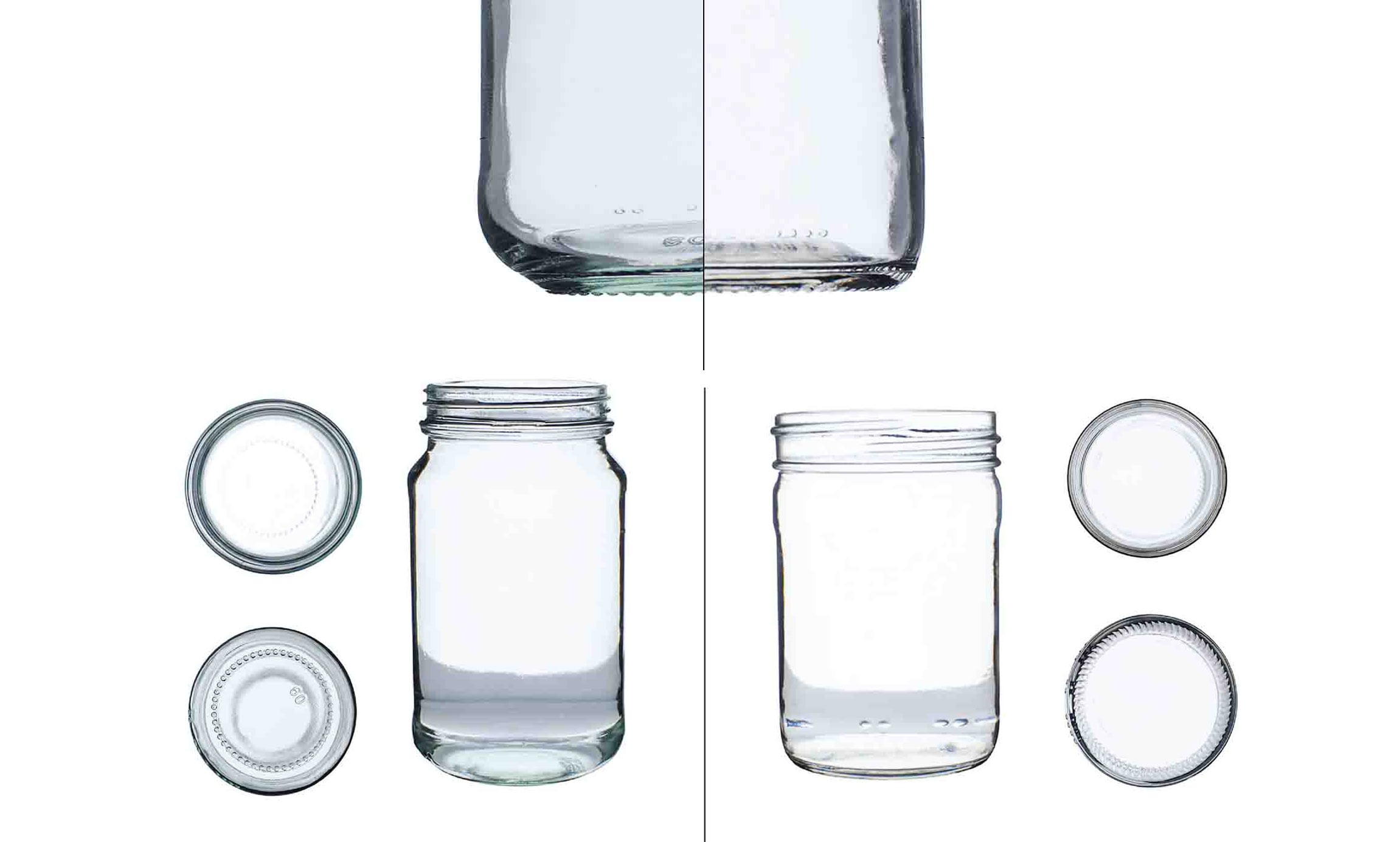

Recycling glass - by melting cullet (crushed glass) - avoids the extraction of further virgin raw materials and mitigates C02 emissions by reducing the energy consumption of the furnace. So why don’t more brands use it?
The answer is two-fold. Firstly, many brands are unwilling to accept the aesthetic compromise of recycled glass which tends to have imperfections, and also lacks clarity with a hint of colour to the glass. Secondly, recycled glass is a limited resource. Many manufacturers, like Allied, ensure all their process scrap (or internal cullet) is reused in their closed-loop manufacturing process. This can be supplemented by external cullet or post-consumer recycled (PCR) content - glass reclaimed from the end-user and crushed down - but demand currently outweighs supply which is why the ‘Close the Glass Loop’ campaign, launched last year, aims to increase the Europe-wide recycled glass collection rate from 76% to 90% by 2030 and also achieve a better quality of recycled glass.
Single-stream recycling systems (in which all recyclables, including glass, paper and aluminium, are placed in a single bin) means it is virtually impossible to make 100% PCR glass in the UK which is why so many are sourced from Europe. Stafford Distillery’s Sun Bear Spirits bottles are sourced from Italy and feature the irregular texture and green tint which is common to PCR glass. Obviously, the increased transport distance from Italy is far from ideal but their bottles are also 20% lighter than average and the distillery ensures it orders in bulk to be as efficient as possible. Other producers, such as North Point Distillery, transport their PCR bottles from Italy by sea freight, rather than air, to reduce the associated emissions which they then also offset.
Increasing the availability and quality of recycled glass doesn’t only depend on consumer action and improved recycling systems. It is also dependent on brands removing contaminants from their bottles which is part of the reason why we’ve seen brands such as Warner’s ditch their wax closures and Beefeater replace their PVC labels with paper and plastic caps with aluminium.
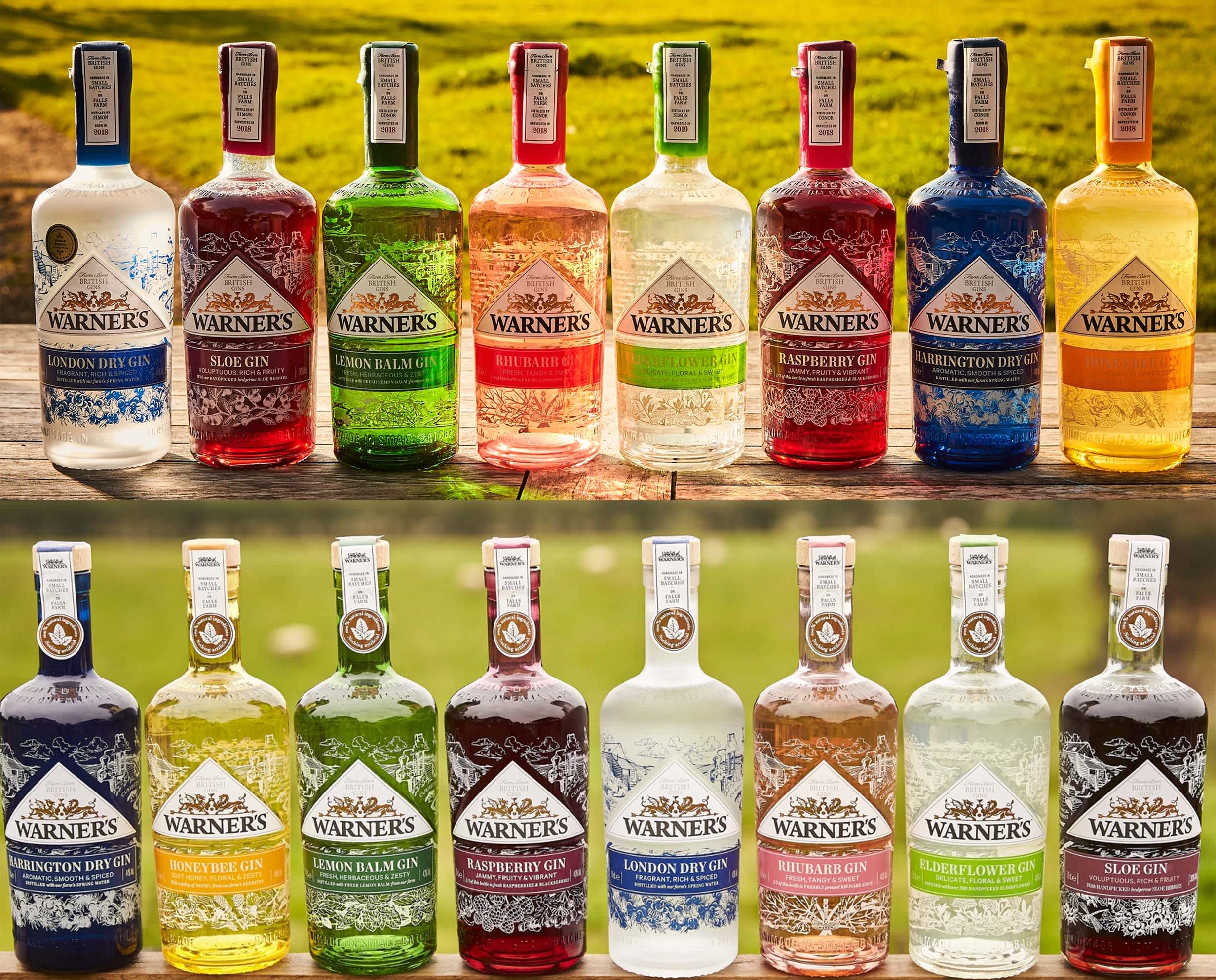

The final touch isn’t just innovative solutions but clarity of information.
Labels and closures are the finishing touches that give a bottle a brand identity and convey a business’ ethos to a consumer. It is little wonder we’ve seen lots of, if not greater, innovation there. With a widespread move away from multi-material closures we’ve seen brands such as 58 Gin opt for super-thin glass stoppers while others embrace natural cork which supports biodiversity, prevents desertification and has a negative carbon footprint. However, according to Discarded Spirits, only about 30% of the cork processed in the sector gets used so they source theirs from the 70% that didn’t make the grade. Salcombe Distillery also creates the stopper for New London Light from waste; in their case recycled ocean-bound plastic.
Creativity is just as rife when it comes to labels. Secret Garden Distillery’s labels are manufactured without the use of any chemicals and created with 30% grass and 70% FSC certified virgin pulp, requiring less energy and less water than their old labels and resulting in C02 savings of around 75%. The labels for Victory Distillery’s flagship products are produced from 95% Bagasse - the by-product of sugar cane manufacturing - with the remaining 5% from hemp and linen fibres selected from annually renewable plants. While the label for their new Champagne and Oysters Vermouth V3 is hand-stitched and made of recycled cotton which is embedded with wildflower seeds to plant after use. Yet others, such as North Point and Fatty’s, have ditched labels altogether and opted instead for screen printing with organic ink, which is both kinder to the environment than traditional ink and prevents leaching.
The appearance of the bottle alone isn’t enough though. While packaging can be a visible marker of a producer's commitment to sustainability, it’s also the easiest thing to change in terms of the big four when it comes to carbon impact. However sustainable the packaging is, it simply isn’t enough if the spirit itself isn’t also sustainably produced.
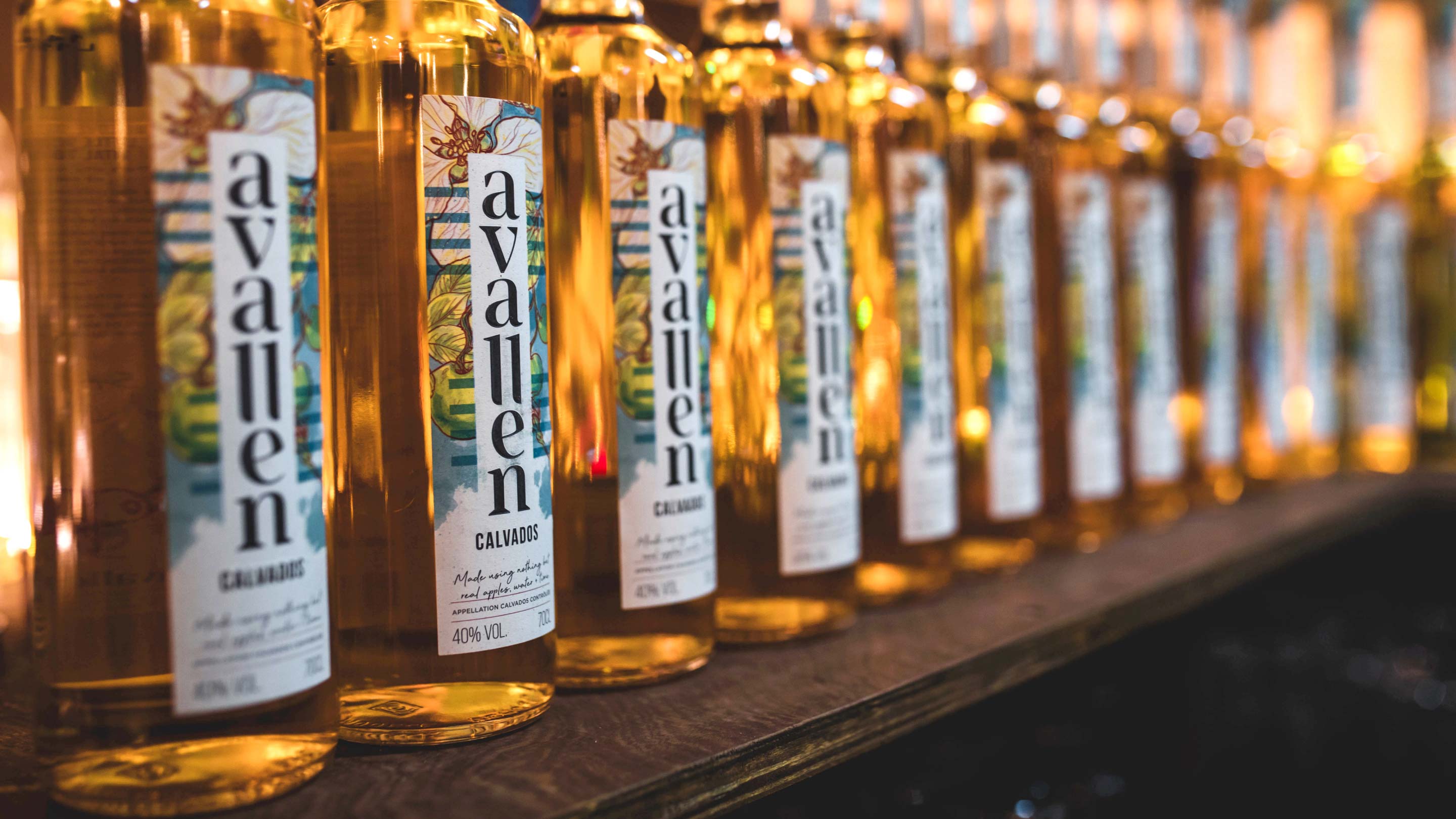

The intersection of the two is where I hope we’ll see the next big development in terms of packaging. Avallen co-founder, Tim Etherington-Judge, says carbon labelling on products is coming (whether we want it or not) and Avallen is determined to lead from the front. As such their new label, made from recycled paper and waste apple pulp, lists the carbon footprint per bottle (separated into that of the liquid and the packaging), amount of water used per bottle and the recycled content of the glass bottle itself (45%). It even suggests how to reuse the bottle before you recycle it.
Recycled glass bottles may not be fully transparent, but - with spirits brands not even required to list ingredients on the bottle, let alone their ecological impact - it’s about time labels are.








